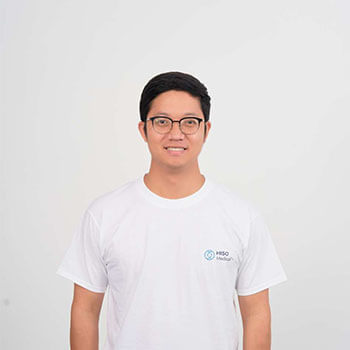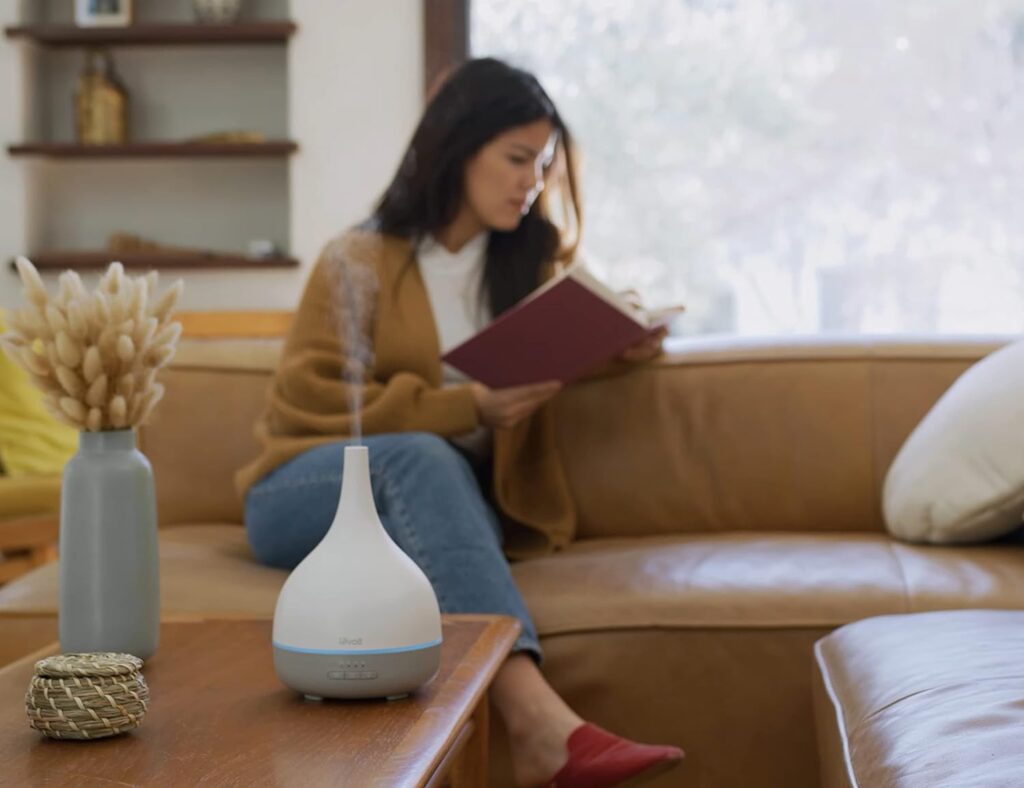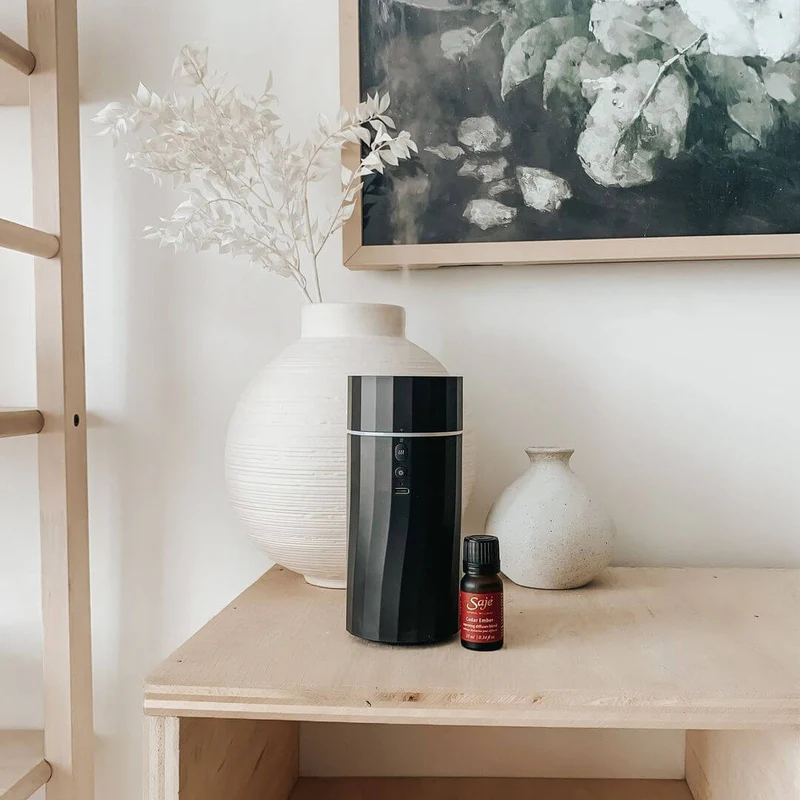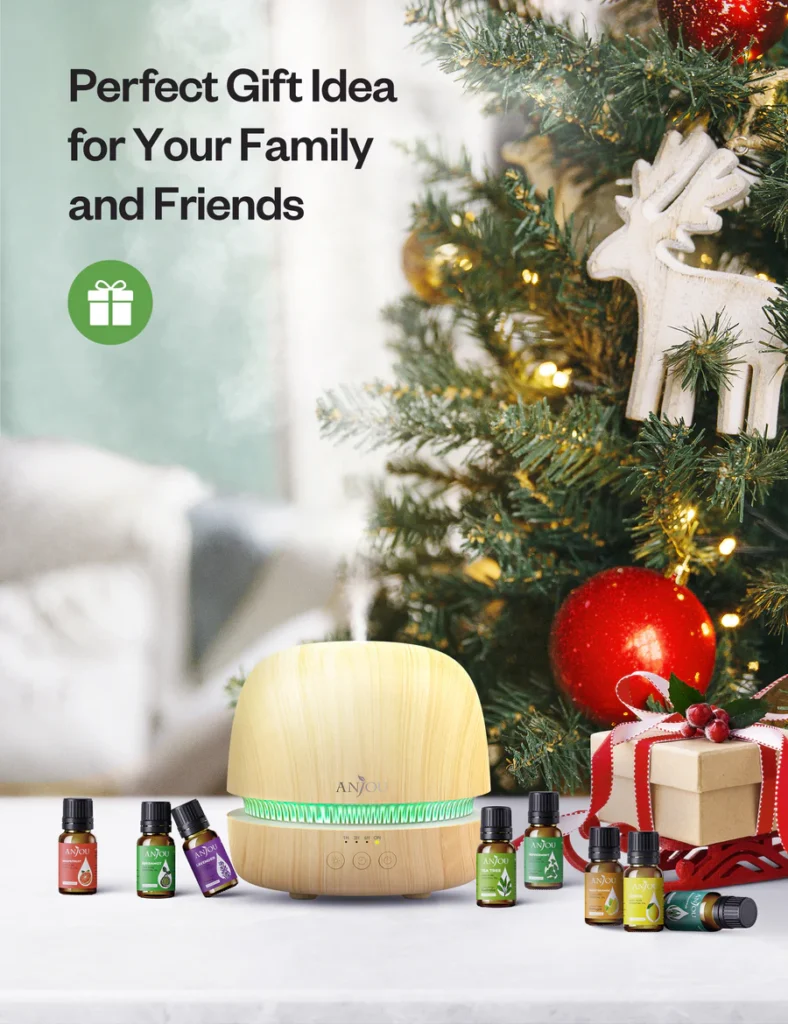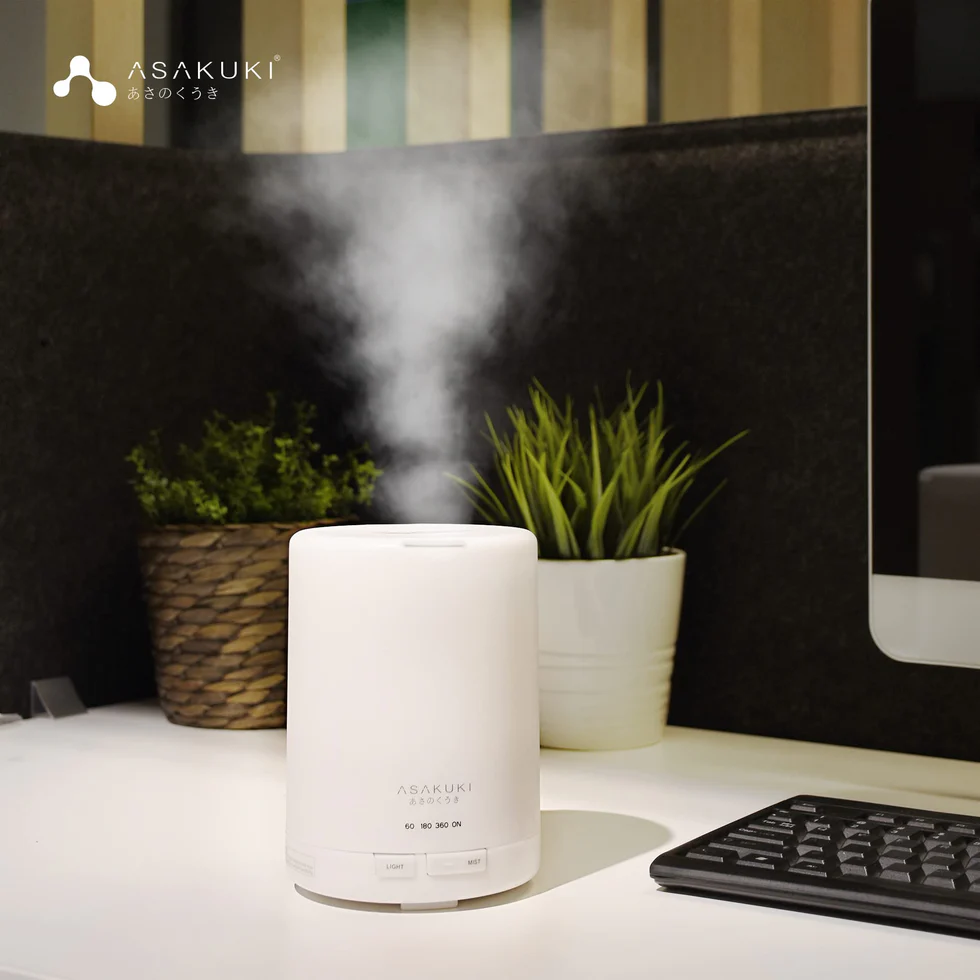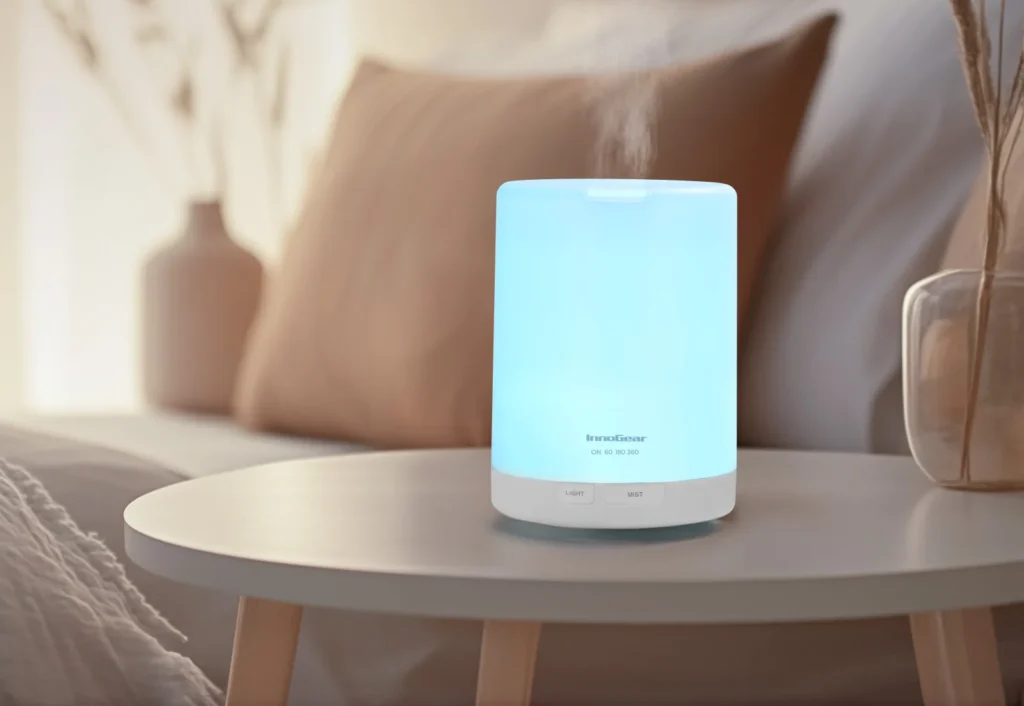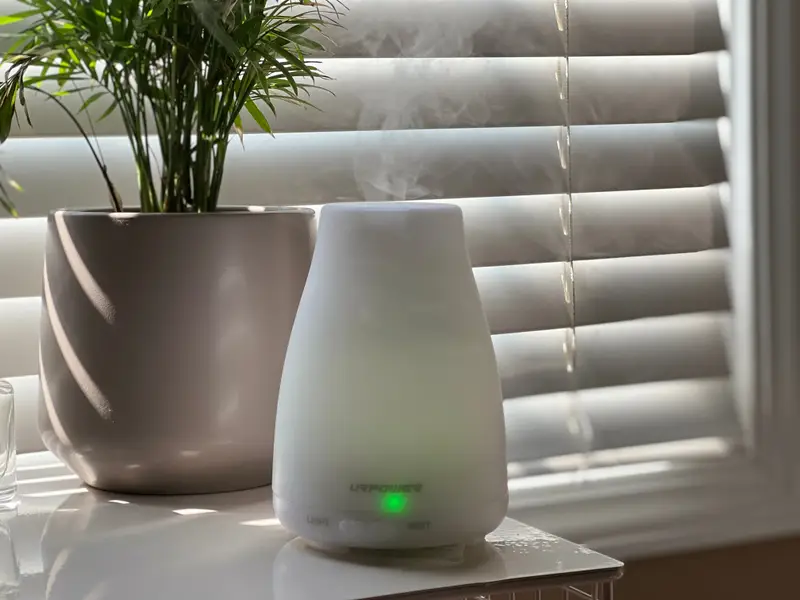Young Living has meticulously cultivated an image of pristine farms, agricultural purity, and an unwavering commitment to their "Seed to Seal®" promise, which underpins the quality and integrity of their essential oils. This powerful narrative of farm-to-bottle transparency has become a cornerstone of their brand identity, resonating deeply with consumers and distributors alike. However, when it comes to their popular diffusers electronic devices that are integral to the aromatherapy experience a fundamental question arises: How does this farm-centric identity apply to manufactured goods? This article aims to investigate the true manufacturing origins of Young Living's diffusers and analyze what this means for the company's broader promise of transparency and quality. For B2B partners and discerning consumers, understanding the nuances of Young Living's supply chain for electronic products is crucial for informed decision-making and strategic alignment.
What is the 'Seed to Seal' Doctrine, and How Does it Shape Young Living's Brand?
At the heart of Young Living's corporate identity lies the "Seed to Seal" doctrine, a comprehensive set of standards designed to ensure the purity and potency of their essential oils. This promise is built upon three core pillars: Sourcing, Science, and Standards. The company frequently highlights its corporate-owned farms in Utah and Idaho as the foundational elements of its operations and quality control, often inviting the public for tours and events to foster a tangible connection with their agricultural practices. This farm-as-foundation narrative is a powerful marketing asset, particularly for its multi-level marketing (MLM) distributors, as it cultivates a strong perception of trust and transparency that differentiates Young Living from its competitors. The "Seed to Seal" story is not just a quality guarantee; it's a compelling narrative that drives sales and builds brand loyalty, emphasizing a unique, vertically integrated supply chain for botanicals. This narrative, however, primarily focuses on the cultivation and distillation of essential oils, leaving questions about how it extends to other product categories, especially electronics like diffusers.
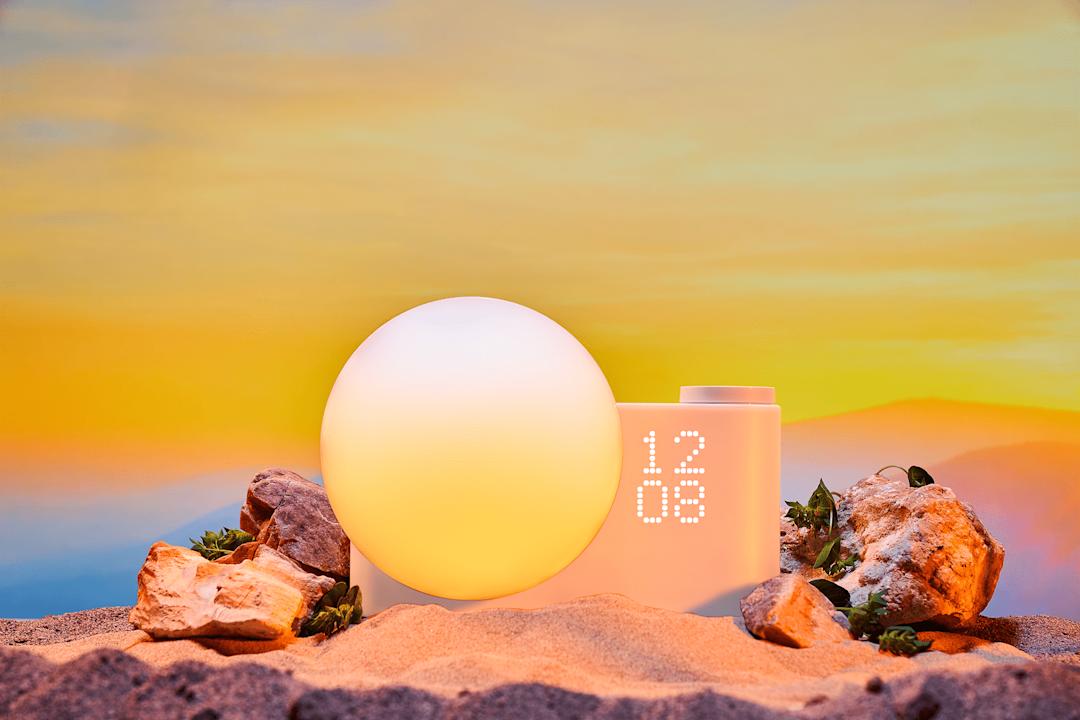
Where Are Young Living Diffusers Actually Manufactured? Unveiling the Origins
Despite Young Living’s strong emphasis on its agricultural roots, the manufacturing origin of its diffusers tells a different story, one that aligns more with global electronics production norms. While the "Seed to Seal" promise is deeply ingrained in the company's essential oil narrative, the reality for their electronic devices points to a different geographical origin. For instance, direct inquiries to Young Living customer support have confirmed that popular models like the Desert Mist Diffuser are manufactured in China. This information is further corroborated by physical evidence, such as photographs of product stamps. A clear example is the Lantern Diffuser, which explicitly states "Manufactured in China" on its bottom stamp, providing definitive proof of its origin.
However, the case of the Aria Diffuser presents a more nuanced picture. Young Living’s marketing language for the Aria often highlights its craftsmanship, stating it is "Crafted from American maple and glass." While this emphasizes the sourcing of premium raw materials for the diffuser's housing, it strategically omits any mention of the country of final assembly. The significant absence of a "Made in..." label on the product itself or in its accompanying manuals for such a premium item is highly suggestive. Given the global nature of electronics manufacturing and the confirmed origins of other Young Living diffuser models, it is highly probable that the electronic components and final assembly of the Aria Diffuser also occur overseas, consistent with industry practices and the manufacturing locations of their other diffusers. This approach allows Young Living to leverage specialized manufacturing ecosystems while maintaining a focus on the quality of raw materials and design.
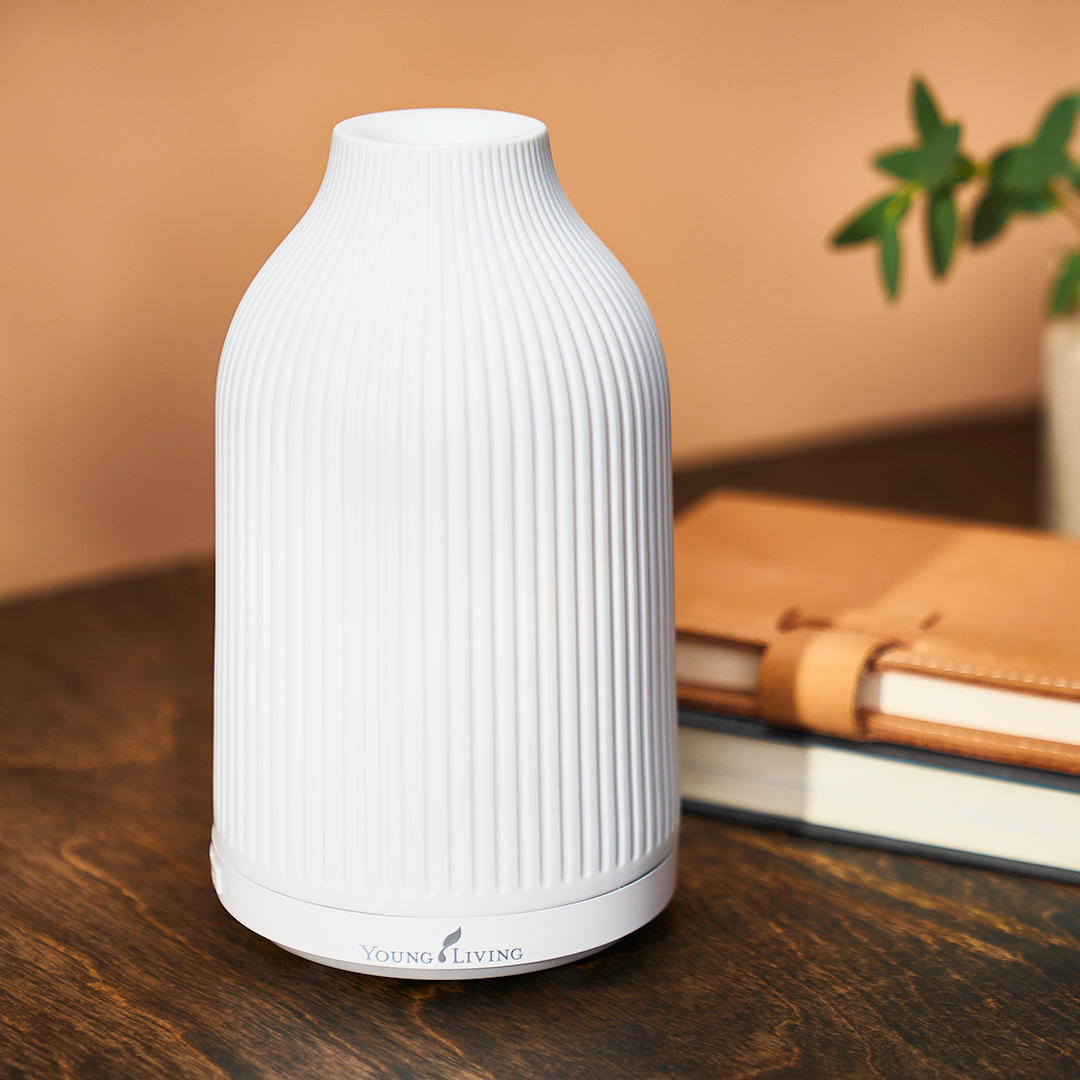
The Brand Contradiction: Applying Agricultural Standards to Electronics Manufacturing
The revelation that Young Living diffusers are manufactured in China introduces a significant point of contention when viewed through the lens of the "Seed to Seal" promise. Young Living often justifies its sourcing practices by including "Seed to Seal-certified suppliers" as a crucial third category alongside its corporate and partner farms. By this logic, the Chinese factories producing their diffusers must be classified under this umbrella. However, this application exposes a fundamental mismatch of standards.
The published "Seed to Seal" sourcing criteria, which detail aspects like Agricultural Practices, Harvesting, and Distillation, are meticulously designed for botanicals and the production of essential oils. These criteria, while rigorous and relevant for agricultural products, become nonsensical when applied to an electronics manufacturing facility. There is a conspicuous lack of any published, parallel set of standards or audit processes specifically tailored for electronics manufacturing within the "Seed to Seal" framework. This absence suggests that for diffusers, "Seed to Seal" is not a verifiable process guarantee but rather transforms into an opaque brand endorsement. It leverages the trust and credibility built by the company's transparent agricultural operations to cover a conventional electronics supply chain, where the same level of detailed, publicly available scrutiny is not applied. This dilution of the promise raises questions about the consistency of Young Living's transparency across its diverse product portfolio.
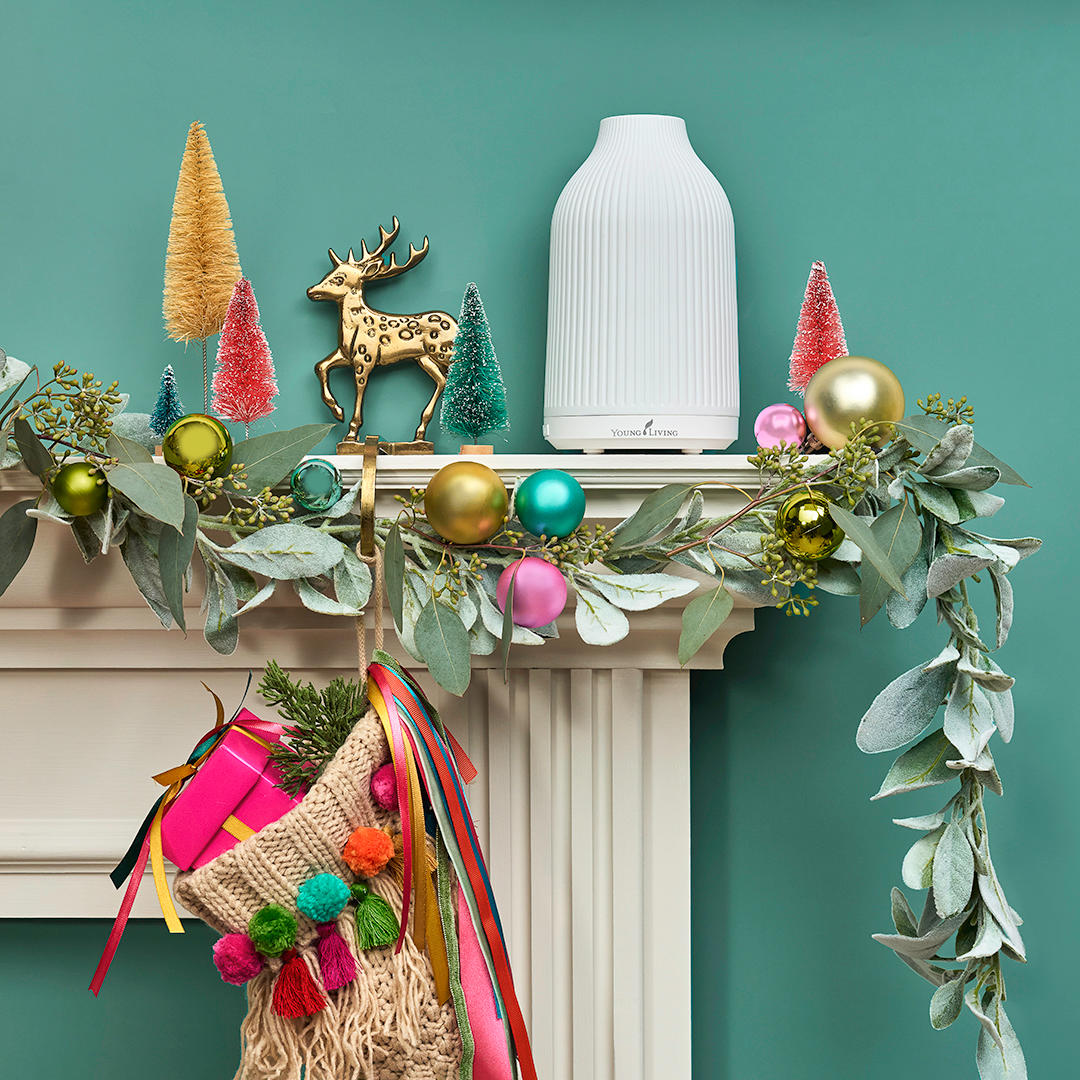
Why Does Manufacturing Location Matter? Implications for Consumers and Distributors
Understanding the manufacturing origin of Young Living diffusers, particularly their production in China, carries significant implications for both consumers and distributors. For the consumer, it is crucial to recognize that the quality guarantee for a diffuser is fundamentally different from that of an essential oil. While the "Seed to Seal" promise provides a detailed assurance for the purity of oils, the premium price of a Young Living diffuser primarily pays for its design, brand name, and integration into the Young Living ecosystem, rather than a unique farm-to-factory vertical integration process. Consumers are encouraged to critically assess what they are paying for and to understand that manufacturing electronics in China is a global industry standard and not inherently negative.
For the distributor, this information highlights a potential information gap. Distributors are often equipped with a simplified, farm-centric narrative that may not fully align with the realities of the company's electronics supply chain. This can lead to challenges in addressing informed customer inquiries or in fully understanding the product's value proposition beyond the essential oils. It is important to acknowledge that manufacturing electronics in China is a widespread practice across industries due to established infrastructure, skilled labor, and cost efficiencies. The core issue is not the manufacturing location itself, but rather the direct conflict it presents with a brand identity meticulously built on a narrative of rejecting outsourced models and emphasizing unparalleled transparency and control over every step of the production process.

Conclusion: A Tale of Two Supply Chains – Transparency in a Globalized World
In conclusion, the investigation into "Where Are Young Living Diffusers Manufactured?" reveals a fascinating duality in the company’s supply chain strategy. While Young Living’s essential oils are meticulously produced under the stringent "Seed to Seal" promise, emphasizing agricultural purity and vertical integration, their diffusers are primarily manufactured in China. This contrasts sharply with the brand’s primary marketing narrative, which often highlights its unique, farm-centric approach.
Young Living effectively employs a dual strategy: "hyper-transparency" for its unique agricultural operations, where the "Seed to Seal" promise is a verifiable and detailed process, and "strategic opacity" for its conventional electronics manufacturing. This allows the company to leverage the efficiencies and expertise of global manufacturing hubs for its electronic products while maintaining its premium brand image through its essential oil narrative. For B2B partners and informed consumers, the key takeaway is to look beyond marketing slogans and ask critical questions about the origins of all components of a product. Understanding this dual supply chain is essential for a comprehensive appreciation of Young Living’s business model and its commitment to quality in a globalized world.
Editor's Note:
While this article explores the supply chain models behind major wellness brands, it’s worth noting that HisoAir also designs and manufactures aroma diffusers for B2B clients worldwide.
We offer flexible, export-ready OEM and ODM services for scent diffuser production. If you're considering launching your own branded diffuser line or seeking a stable manufacturing partner, we welcome you to contact us here to learn more.

